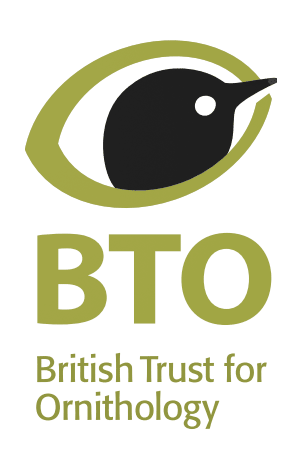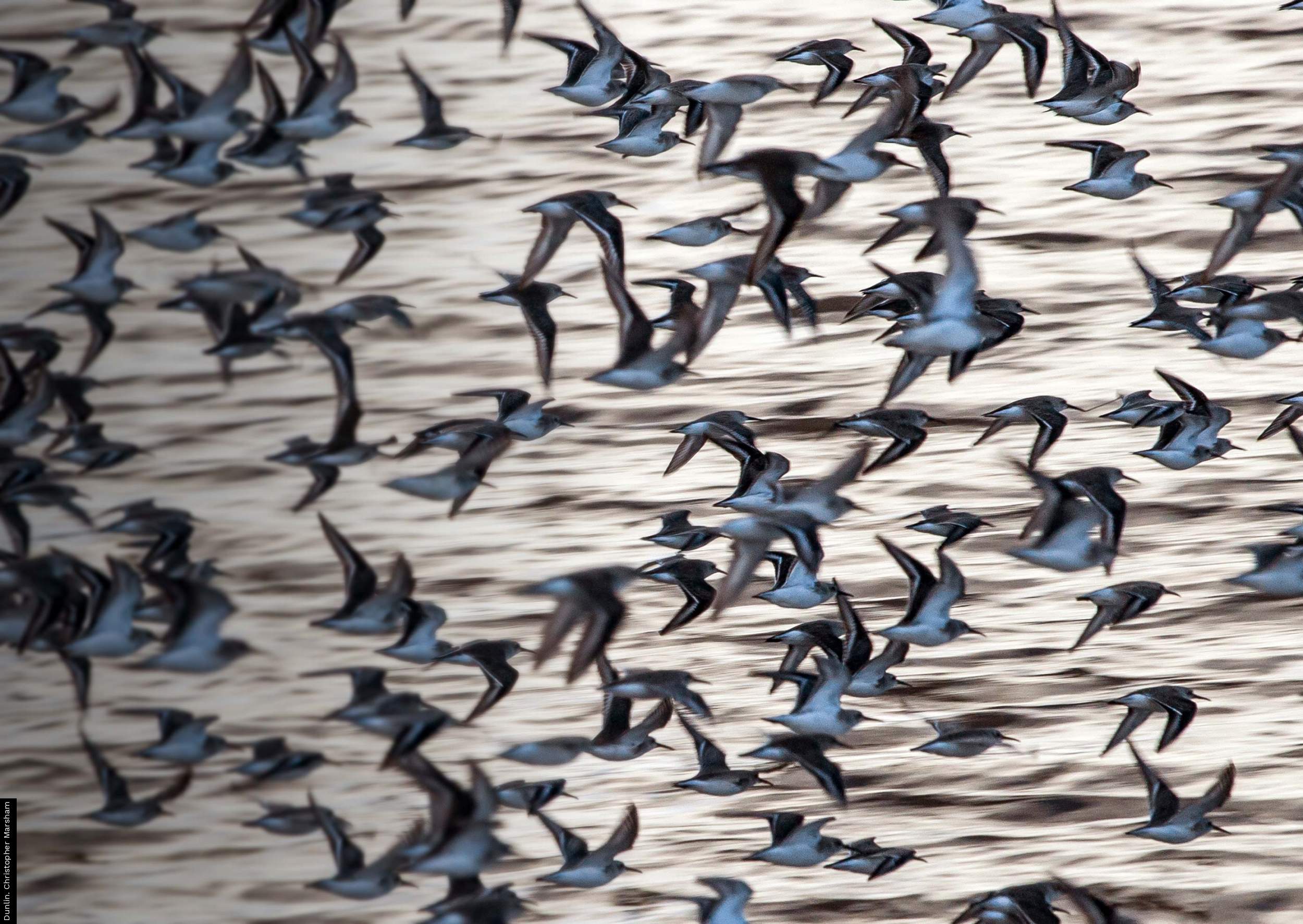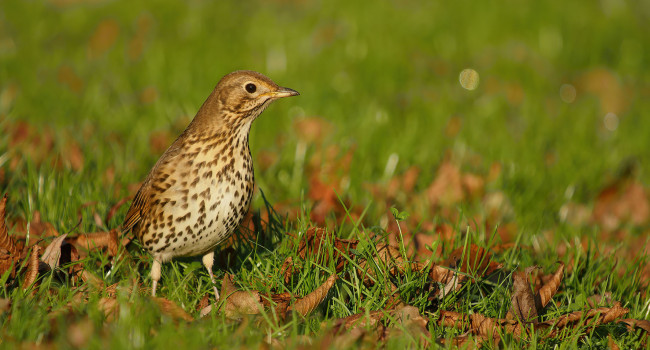Find a feather – a seaside treasure hunt
28 Jul 2022 | No. 2022-30
At this time of year, most British Shelduck migrate across the North Sea to find a safe place to moult. Many encounter existing or planned offshore wind farms along the way, while flying at altitudes that set that could set birds on collision courses with sweeping turbine blades. Analysing the feathers they lose will allow scientists to develop a deeper understanding of Shelduck migration routes, something that will inform future planning decisions and help to minimise the impact of vital renewable energy infrastructure.
Shelduck feathers are easy to spot, whether you’re building sandcastles, walking the dog or just soaking up some rays – or rain. The best ones to look out for are around 12–16 cm long, with one white side and another that’s either dark orange or iridescent greenish-black. They might not seem like much, but these feathers are real treasures that will make a big difference and could reveal information new to science. Just remember to wash your hands after you’ve touched them!
Shelduck moult all their wing and tail feathers together, leaving them flightless for between two and four weeks each summer. To keep themselves safe, UK Shelduck spend this time on mudflats both here and across the North Sea in Germany and the Netherlands. There are five known UK moult sites, but there may well be many more that we don’t know about yet. Could you help us find them?
Ros Green, lead scientist on the project, said: ‘Chemical compounds in a bird’s feathers can reveal so much about where the feather was grown and what the bird has been eating. Building up a picture of how Shelduck populations migrate is vital if we want to ensure that offshore wind farms – which are an essential part of our renewables infrastructure – don’t get in their way.
She added: ‘Searching for Shelduck feathers is a perfect activity for the summer holidays. Beaches are full of all sorts of interesting things, so this is a great opportunity for kids to learn more about the world around them at the same time as making a real difference for science and conservation.’
For more details – and to find out where to send your feathers – head to www.shelducks.co.uk
|
Contact Details Notes for editors |






Share this page